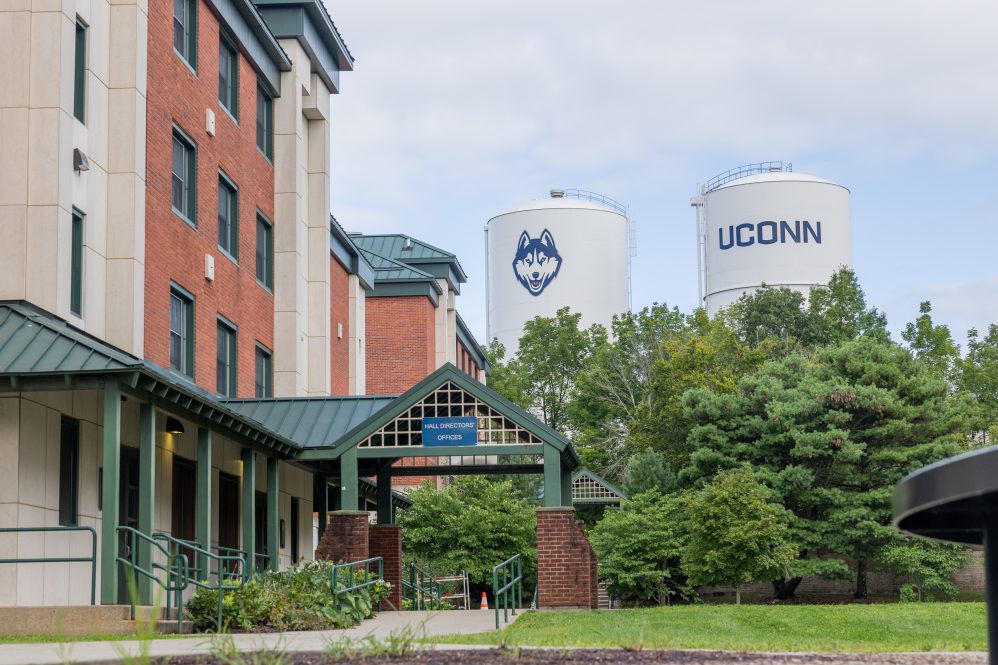UConn is welcoming a record number of first-year students this week, who rose to the top of a highly competitive applicant pool as UConn’s quality continues to attract interest from talented young scholars worldwide.
Today marks the start of the move-in period at UConn Storrs, where about 4,500 first-year students in the Class of 2028 will join returning and transfer students to comprise an undergraduate student body of about 19,800 on the flagship campus.
The Storrs first-year students will be joined by about 2,000 starting their UConn academic careers at the regional campuses in Hartford, Stamford, Waterbury, and Avery Point.
Overall, UConn’s undergraduate student body across the system for 2024-25 is projected to total about 24,900. The figures are preliminary, with final numbers determined on the semester’s 10th day.
In addition to the undergraduates, thousands of additional students are also enrolled in UConn’s schools of law, medicine, and dental medicine along with students undertaking graduate, postgraduate, and professional program studies.
“Our new and returning students throughout UConn come from all backgrounds and have an incredible range of skills and ambitions, but they have at least one thing in common: They all bring us immense pride as Huskies,” says Nathan Fuerst, UConn’s vice president for student life and enrollment.
Continuing an annual trend, UConn this year set new records in the numbers of applications received, with almost 58,000 submitted for Storrs by the February deadline and thousands of others received afterward and/or for the regional campuses.
Of the first-year applicants who were offered the chance to enroll, a record number accepted, resulting in the largest first-year student class in UConn’s history and reflecting its national reputation for providing strong academics at a good value.
Among UConn’s Class of 2028, about 35% of students are the first generation in their families to attend college – up from 32% last year — and 148 led their high school graduating classes as valedictorians or salutatorians.
About 27% of the incoming first-year Storrs students come from races or ethnicities that are traditionally underrepresented in higher education, a category that includes Black, Hispanic/Latino, Hawaiian/Pacific Islander, American Indian, and Alaska native students.
Overall, more than 46% of the newcomers are students of color, a category that includes the underrepresented students along with Asian populations.
The highly talented incoming class also includes 600 first-year students whose achievements earned them a spot in the highly competitive Honors Program.
First-year students from Connecticut come from 157 of the state’s 169 towns and cities, with the overall UConn student body comprising almost 70% from in-state. The first-time students joining UConn from elsewhere this year originate from 37 states and 77 countries.



